

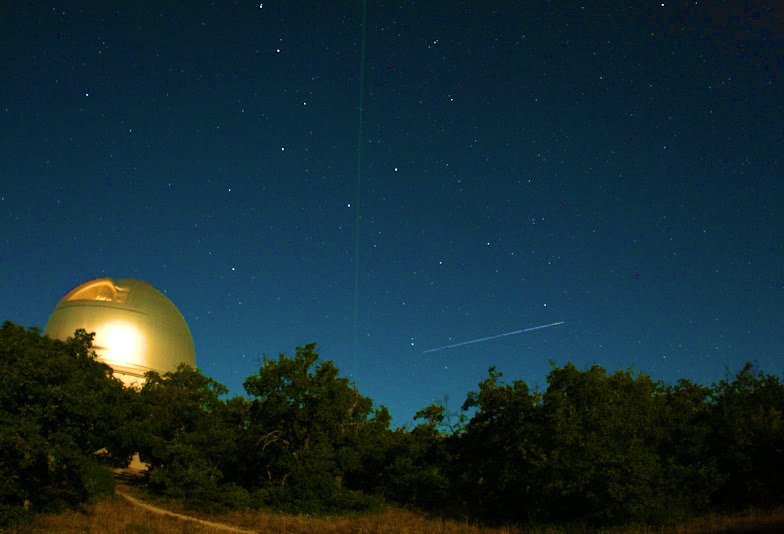
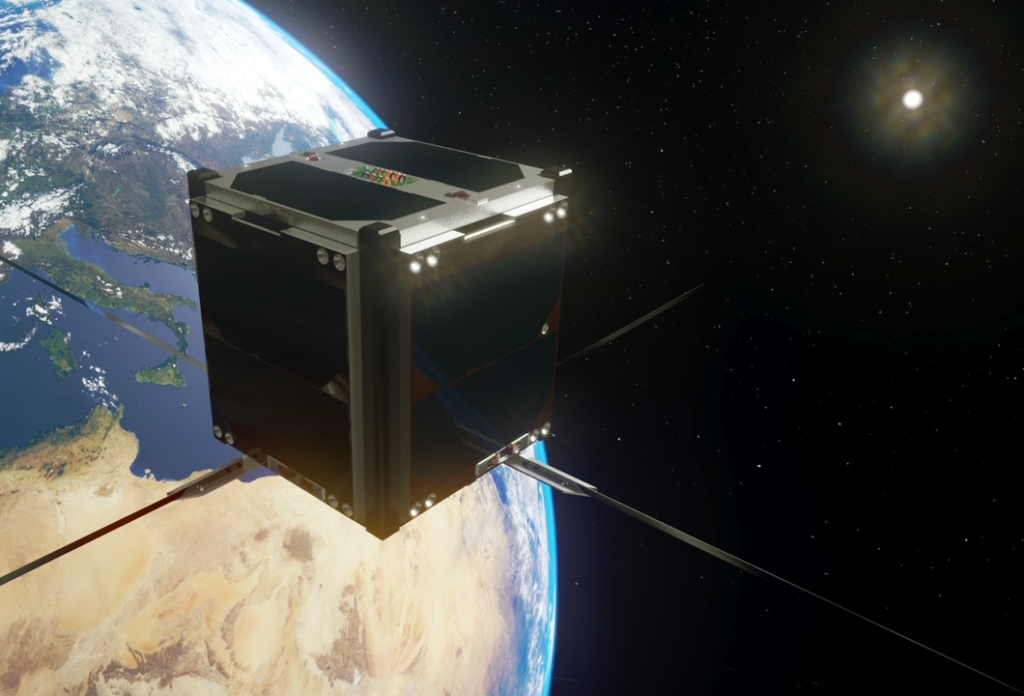

The “Aeronomy” team studies the Earth’s Radiation Budget and atmospheric composition at various altitudes, particularly the upper atmosphere. This includes exploring the interactions between the Sun and Earth as well as geoengineering efforts. These studies are based on the NDACC and SAOZ networks, data from Observatoire de Haute-Provence, airborne observations (aircraft, balloon, satellite), the CubeSats program (Uvsq-Sat, Inspire-Sat), and current and upcoming space-based missions (Uvsq-Sat NG, MicroCarb, Merlin, Forum, IASI-NG). Coupled chemistry-dynamics-climate modeling (LMDz-REPROBUS and STRATAER) is used to deepen these studies.

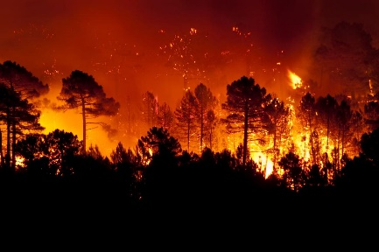
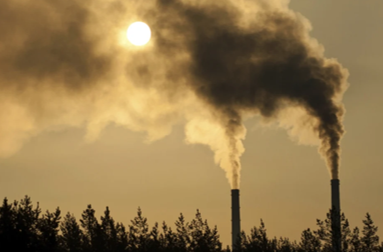
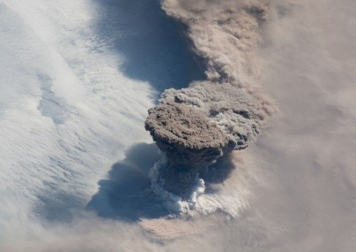
The “Composition & Transport” team studies atmospheric composition of the troposphere and stratosphere, in order to understand regional and global trends of ozone, particulate matter, reactive gases and greenhouse gases. The work is based on ground-based measurement networks, on-board aircraft, and satellite current measurements (IASI) and future missions (IASI-NG, CAIRT if selected, and in the longer-term Merlin) with the help of regional and global transport-chemistry models and global chemistry-transport models. Studies also include the analysis of exceptional events (pollution, fires, volcanoes) and geo-engineering.


The “Dynamics” team studies the dynamics of atmospheric and oceanic geophysical flows, including ocean-atmosphere coupling, boundary layer dynamics and small-scale dynamics, aerosol-cloud-atmospheric dynamics interactions (Baccopa project in Central Africa and Stratéole2 balloon campaign), wave generation and propagation at the ocean surface (Maeva project), cyclogenesis and dynamics of tropical waves (Caddiwa and Maestro projects in Cape Verde) and tropical cyclones. This work will also help prepare future Earthcare, 3MI/Metop-SG and EE11 Wivern (if selected) satellite missions

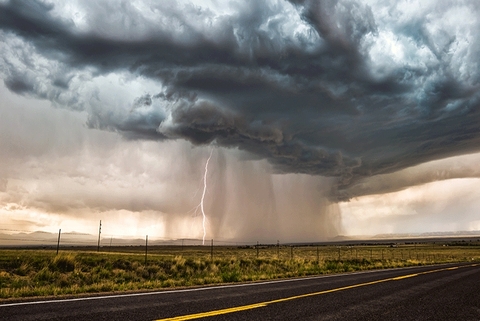
The “Meteorologie/Climat/IA/Instrumentation” team studies meteorological processes (boundary layer, clouds, fog, precipitation) on different time and space scales to better understand formation mechanisms, variability, trends and the emergence of extremes. The polar regions and urban environments are more specifically analyzed, but not exclusively. To carry out this work, the team i) contributes to the development and deployment of new cutting-edge instruments (e.g lidar/radar and their synergy) as part of satellite missions (EarthCare, C2OMODO, WIVERN), balloon and airborne measurement campaigns (e. g STRALI/SAPHERALLER, MAESTRO, BACCOPA, NAWDIC) or for the ACTRIS network, ii) specializes in the application of artificial intelligence to the observation and analysis of precipitation variability, notably with the creation of the INRIA ARCHES (AI Research for Climate CHange and Environmental Sustainability) project team and iii) uses and evaluates regional climate models to analyze interactions between large-scale and local processes (in particular linked to surface anthropization) within the international CORDEX framework.

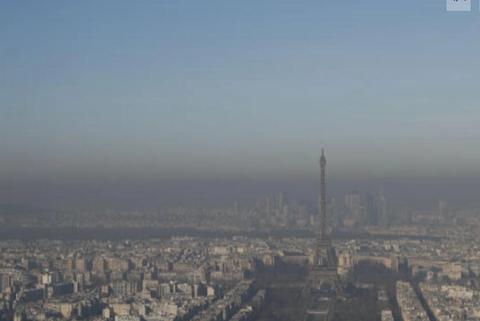
The “Urban Environments” team will focus on the study of urban evolution, using in situ observations (development of the QUALAIR super-site and participatory science with micro-sensors; CASPA-PICO project), satellites (IASI, IASI-NG and IRS/MTG), radars (turbulence, precipitation with ROXI/CURIE, and MF radar) and regional modeling (WRF, Chimère, WRF-Chem, RegIPSL, involvement in the international CORDEX FPS project “Urban Environment and Regional Climate Change”). The influence of the city on precipitation and the links between chemistry and dynamics at the urban scale will be studied, with a focus on pollution in the boundary layer, urban heat islands, the role of aerosols and urban form on precipitation, including techniques involving artificial intelligence.

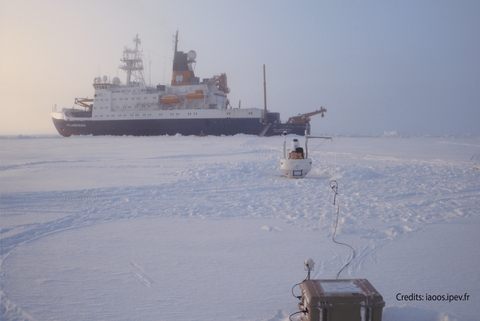


The “Polar Regions” team is interested in dynamic, thermodynamic, radiative and chemical processes in the atmosphere in the Arctic and Antarctic regions. It focuses on the interactions between aerosols and clouds and their impacts on the radiative forcing and the surface energy balance (ANR MPC2, ERC-SyG AWACA, H2020 CERTAINTY), atmospheric pollution and composition in polar regions (following ALPACA), and organic compounds and their potential role as ice nucleating particles (TARA Polar Station). The team relies on the RALI instrument onboard research aircraft, the NDACC network, future satellites (EarthCare and AOS), and modeling studies (WRF-Chem, CHIMERE-WRF and LMDz-Reprobus).